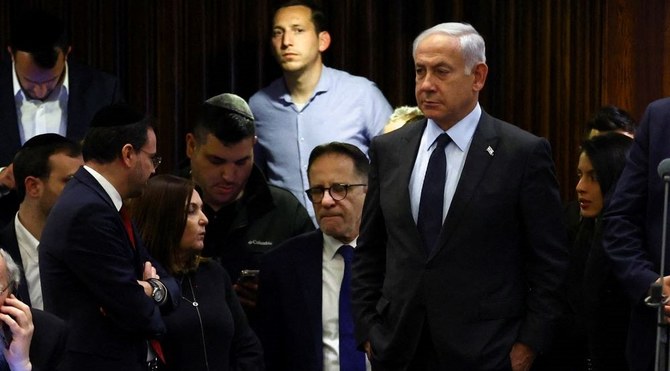
Just over a week before election day, the German postwar political landscape is in ferment, with a record number of voters uncertain who to vote for in what could be a pivotal ballot.
With Angela Merkel coming to the end of her long chancellorship, polls show that about two-fifths of the electorate are undecided, a massive jump from just 24 percent at this stage in 2013. The most important reason for voter indecision is that none of the top candidates running are perceived to be convincing or credible enough to replace Merkel.
The German chancellor will leave big shoes to fill as Europe’s longest-serving female leader, having been head of the Christian Democratic Union since 2000 and Germany’s leader for more than a decade and a half. In fact, in terms of longevity as German leader, she sits only behind Otto von Bismarck, who served for almost two decades from 1871-90.
Polls in recent weeks have shown a surge in support for the center-left Social Democrats, with their candidate, Olaf Scholz, the current vice chancellor and finance minister, polling at about 25 percent. The previous favorite, Armin Laschet of Merkel’s conservative CDU party, is at 20 percent, running on a joint banner with the Christian Social Union party.
Part of the reason the CDU/CSU bloc is languishing is the choice of Laschet, the current CDU chairman, as candidate for chancellor. He has performed poorly, particularly in his response to the widespread flooding over the summer. In choosing Laschet, the party rejected Bavarian Premier Markus Soeder, who is significantly more popular with voters.
Inevitably, with election day so close, attention is turning to post-ballot coalitions. For instance, Scholz could become chancellor in a three-way coalition, either with the Greens and Liberals or a more left-leaning alliance with the Greens and the far-left Die Linke. However, Laschet could theoretically also try to form a three-way coalition with the Free Democratic Party and the Greens.
Even more governing possibilities could emerge if the polls continue to tighten. If three or more, rather than two, parties are required, government formation could take months.
With the election too close to call, what has been most striking in recent months is voter volatility. Earlier this year, for instance, the Greens sensationally topped national polls for the first time in Germany’s history.
The reason this was so significant is that the SPD and CDU/CSU have stood as the twin pillars of German politics since the end of the Second World War. But with the CDU/CSU’s bearings uncertain in the post-Merkel era, and the SPD not wildly popular either, the country may be moving to a multiparty system, with smaller parties sometimes eclipsing the SPD or CDU/CSU.
Ultimately, Germany’s political flux is not just a domestic issue, but one that also matters deeply for Europe and, indeed, the world at large. Germany is the continent’s most populous country and largest economy, and its influence within the EU has grown significantly post-Brexit.
One of the drivers of Germany’s political upheaval is that the nation’s postwar consensus is falling away in multiple areas. Many Germans have been generally content with their lot, seeing themselves as beneficiaries of globalization, with unemployment at the 2017 election the lowest since reunification. However, a fracturing of the political landscape has resulted in the rise of smaller parties, with the Greens and the far-right Alternative for Deutschland, for example, both polling substantial double-digit numbers.
Looking forward, the nation’s multiparty future may now mean that politics is generally more unstable and less predictable.
Andrew Hammond
While this month’s election result may bring the decline of the two-party system into sharp focus, the movement toward a multiparty system has longer origins. The 2017 election saw about 42 parties competing for 598 Bundestag seats, with six securing more than 5 percent of the vote and, therefore, winning seats, including the AfD, which surged to third place.
Looking forward, the nation’s multiparty future may now mean that politics is generally more unstable and less predictable. As a result, there will be even greater challenges each election cycle to establish a governing coalition. So there may be more rotating coalitions and possibly even political paralysis.
However, there may be positives too. First, the emerging multiparty system may impede the progress of the AfD by nullifying its anti-establishment appeal. That group may take its place on the radical right as one party among many and its support may then be pegged below 20 percent.
This highlights the historical crossroads the nation may now be approaching. While a multiparty system will have some positives, it could lead to a potentially weaker Germany and Europe at a time of growing global geopolitical flux and economic uncertainty.
Andrew Hammond is an Associate at LSE IDEAS at the London School of Economics.
Disclaimer: Views expressed by writers in this section are their own and do not necessarily reflect Arab News" point-of-view












